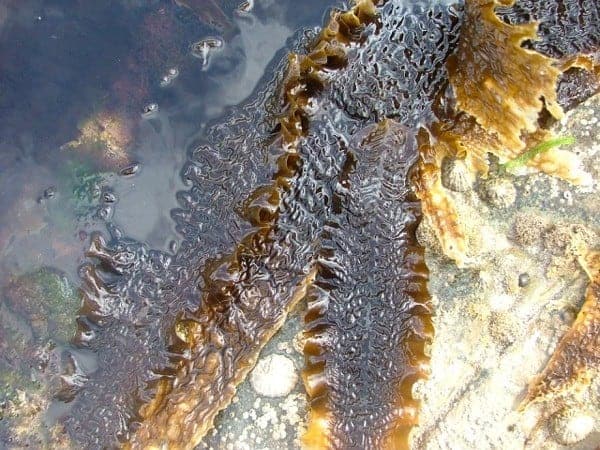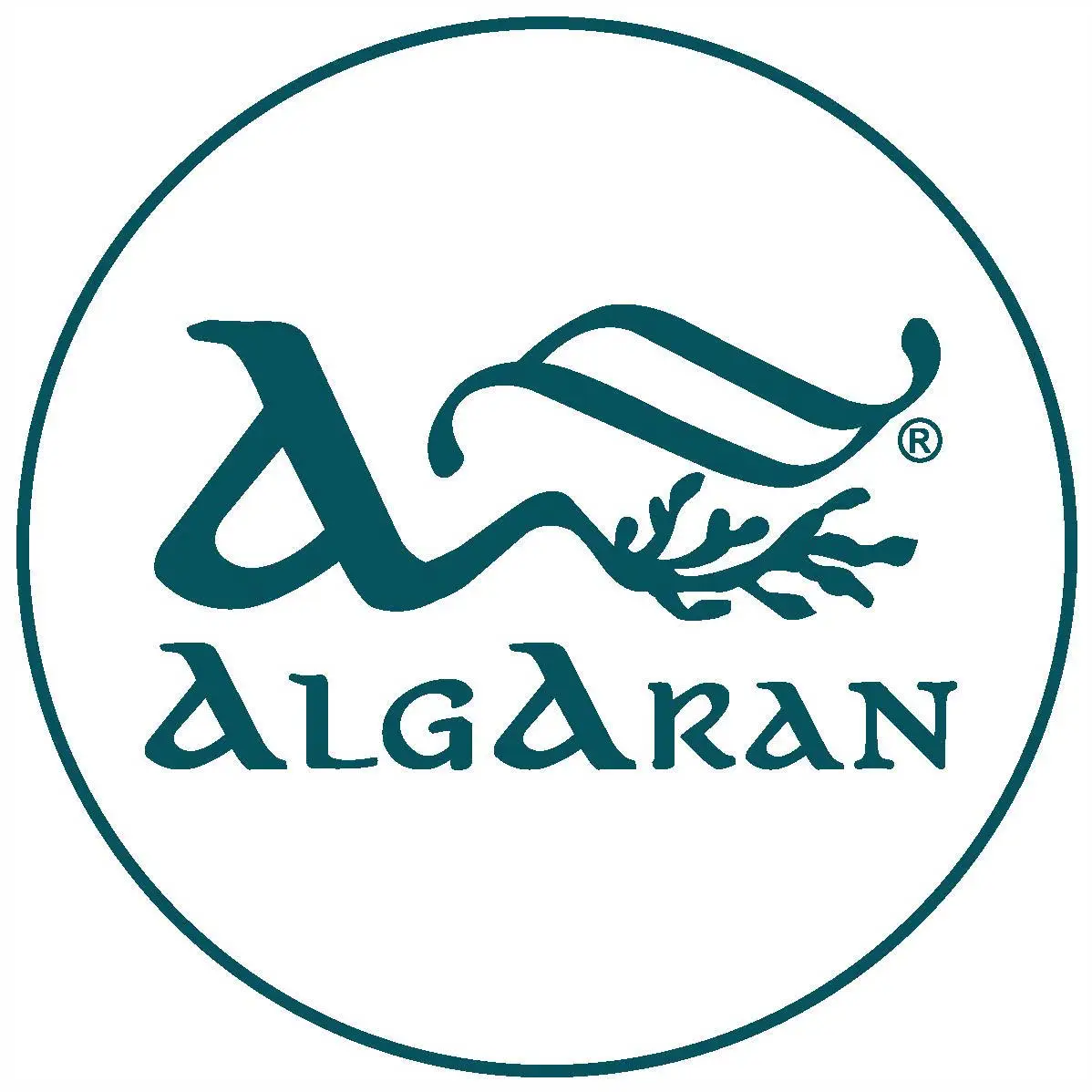Typical Analysis Of Sweet Kombu Seaweed – Saccharina Latissima
The alginate present in all Laminaria species help the digestive tract functions
The iodine content make it a great ingredient for helping a slimming diet
The taste of this seaweed is very acceptable, being exempt of any fishy flavour
When cooked with legumes (beans, peas, etc.) it will neutralise the formation of unwished fermentation in the digestive system
When cooked in sauces or soups it will be very difficult to distinguish this seaweed from any other green vegetable.
- Protein: 6-11%
- Fat: 0.5%
- Carbohydrates: 61%
- Vitamin C: 13-18 ppm
- Calcium: 8,910-9,282 ppm
- Iodine: 800-4500 ppm
- Iron: 22-40 ppm
- Magnesium: 5,670-6,944 ppm
- Manganese: 1-16 ppm
- Sodium: 3-3.4%

So what is Kombu? It is often translated to "Kelp". Kombu is one type of kelp but it is not giant kelp which is more commonly found in Europe. Kombu that is used in Japanese cooking is species kelp that is found in the sea around Hokkaido area. (North of Japan), so kombu is different from giant kelp.
If you've ever seen or bought kombu and it's had a white powder coating it, it's easy to think that it's bad quality, dirty or sea salt, however, it isn't. So what is it? It's actually glutamic umami called Mannit. They are nutrients derived from kombu and have no harm to the body. When kombu starts to dry out, water evaporates but umami doesn't, and it stays as white powder on kombu. If you mind about white powder, wipe lightly with a kitchen towel.
